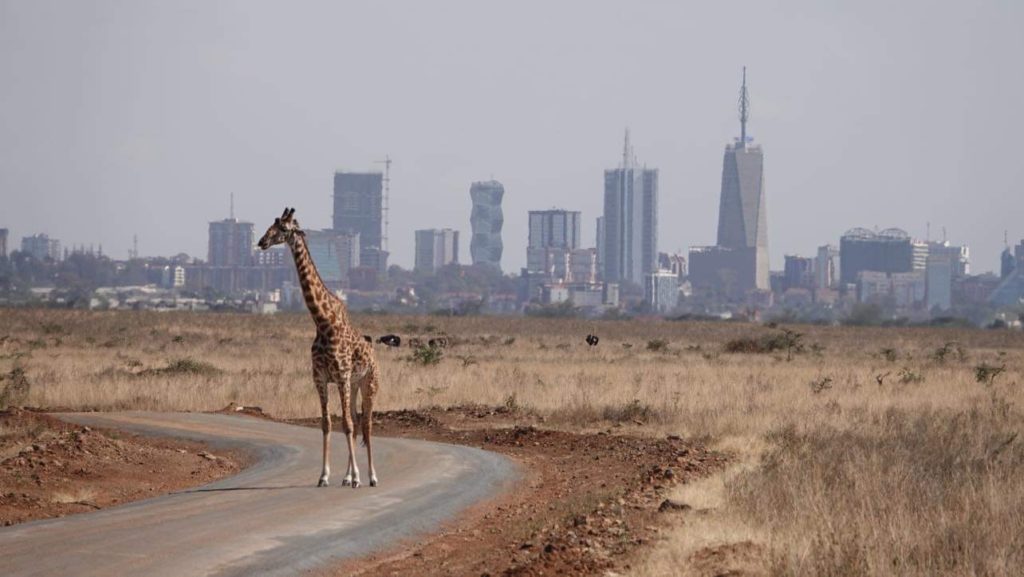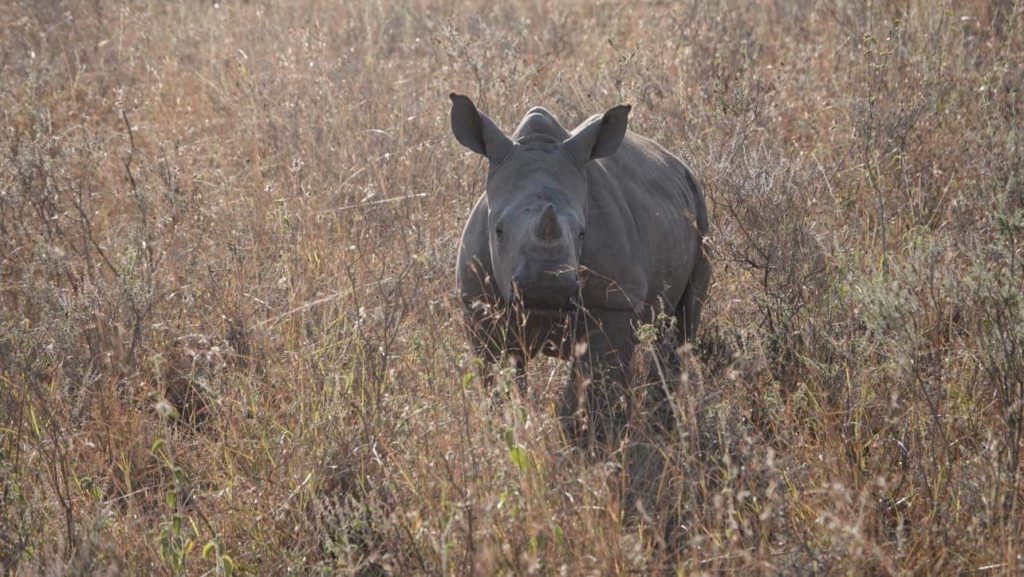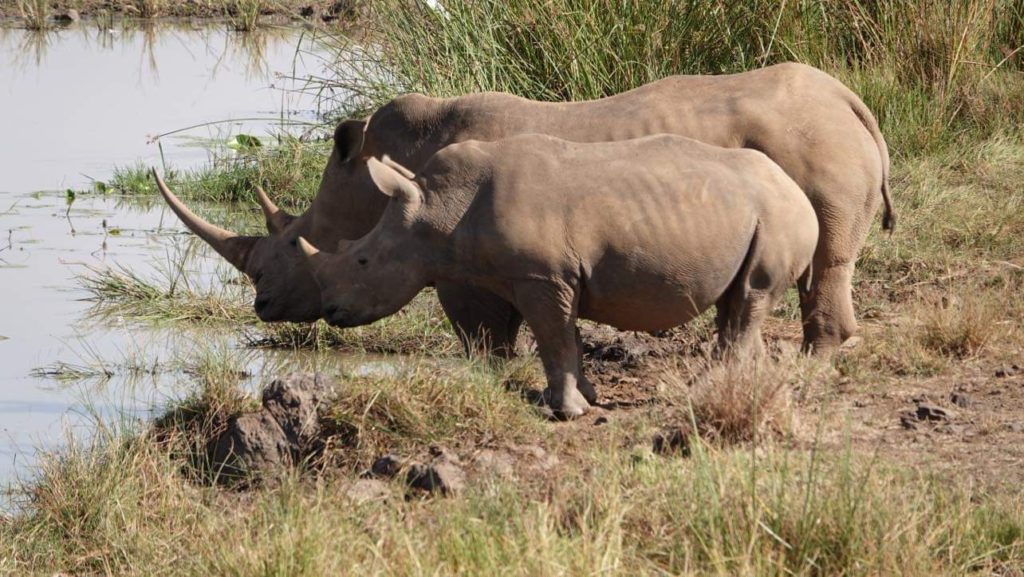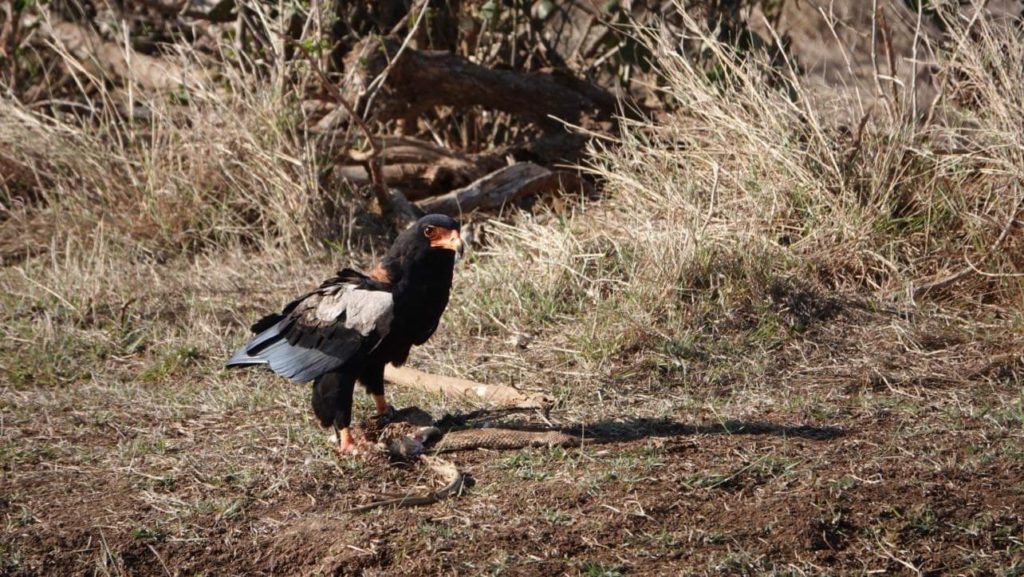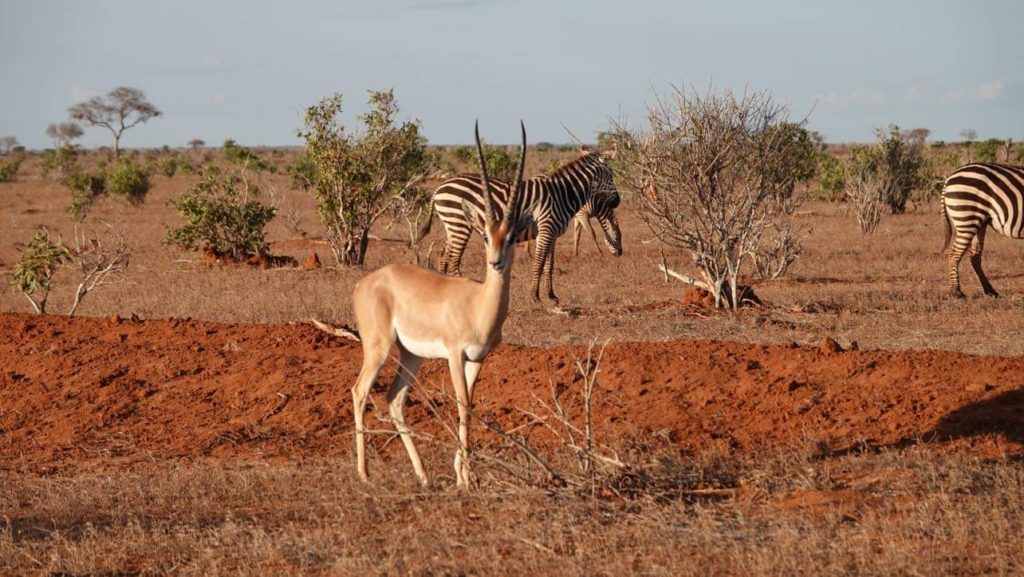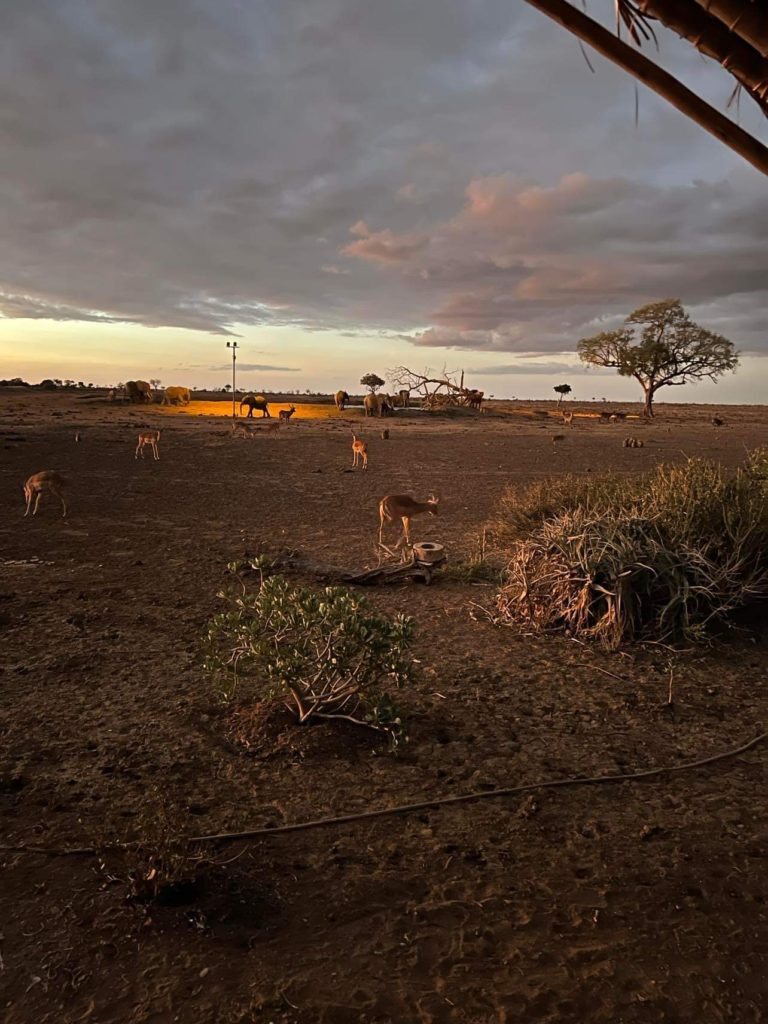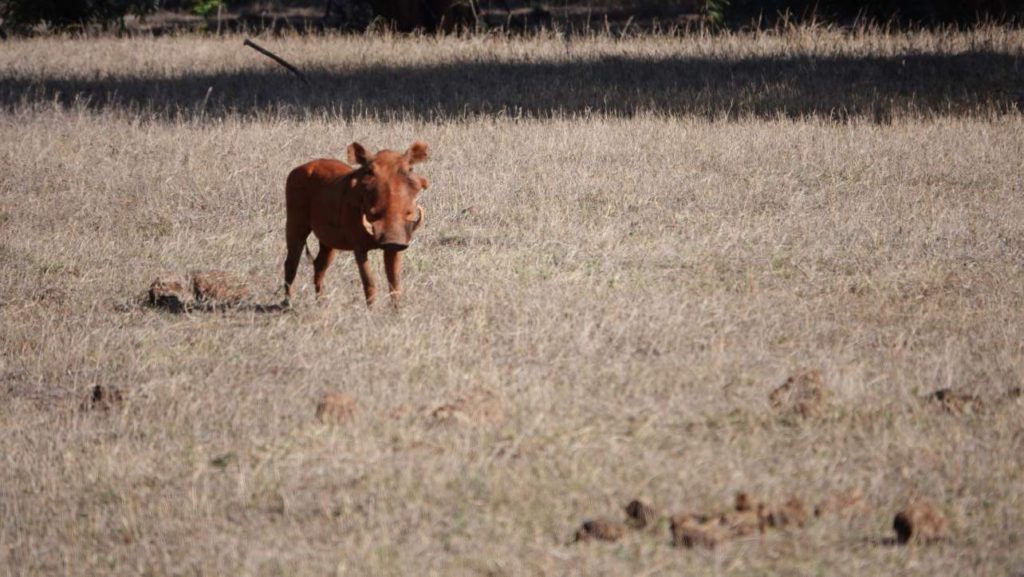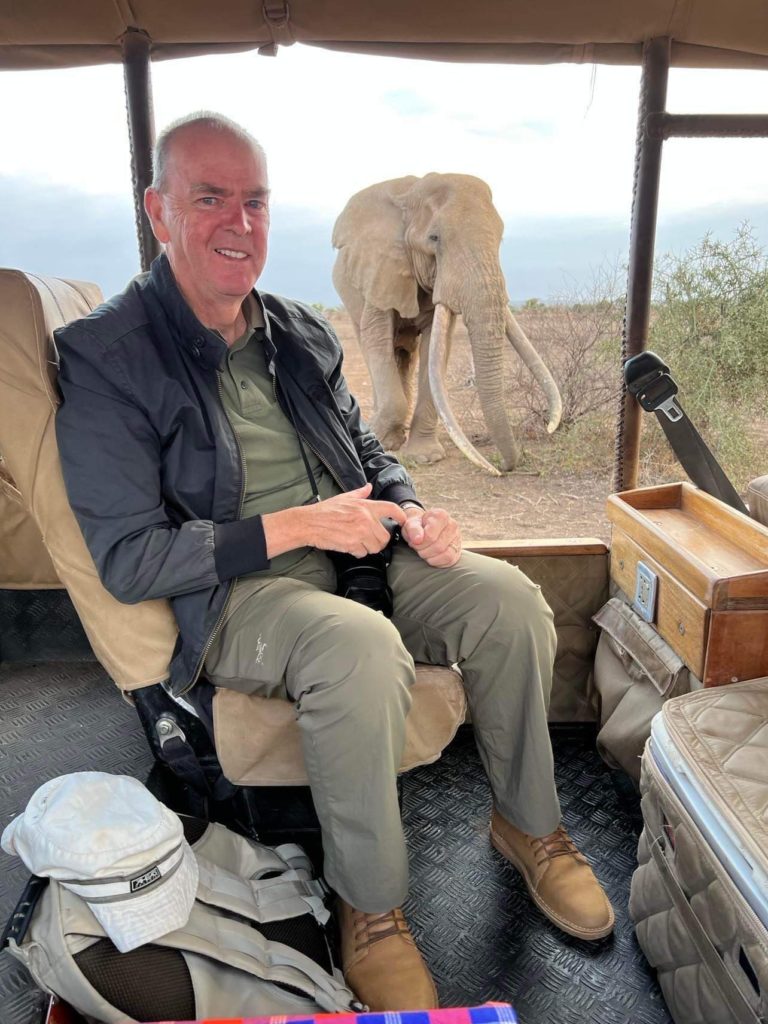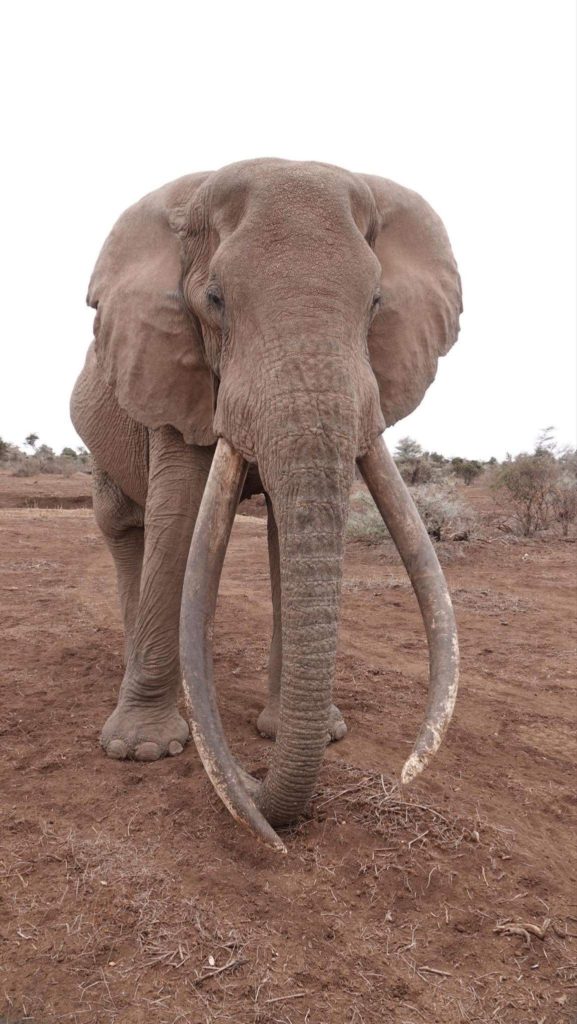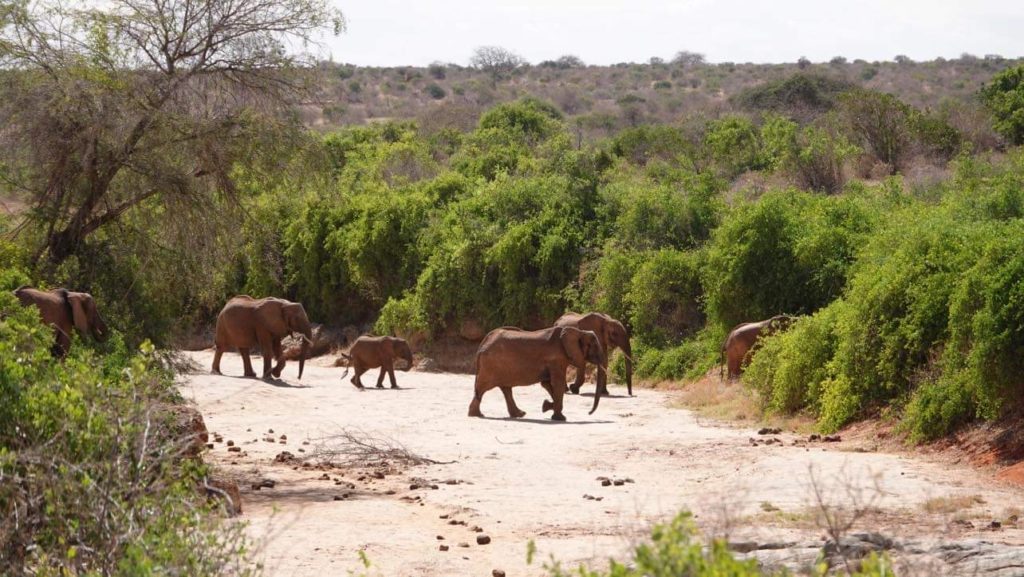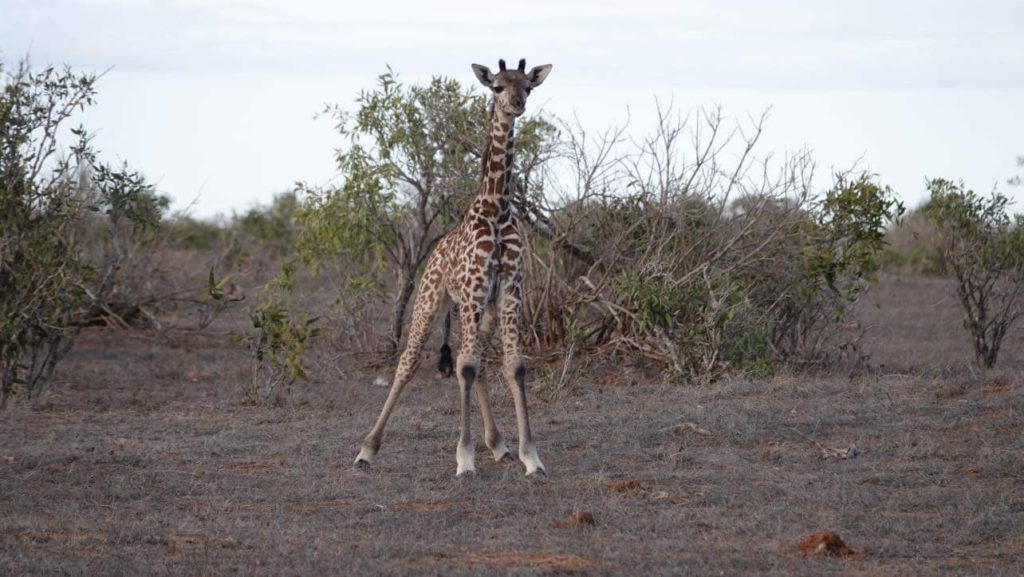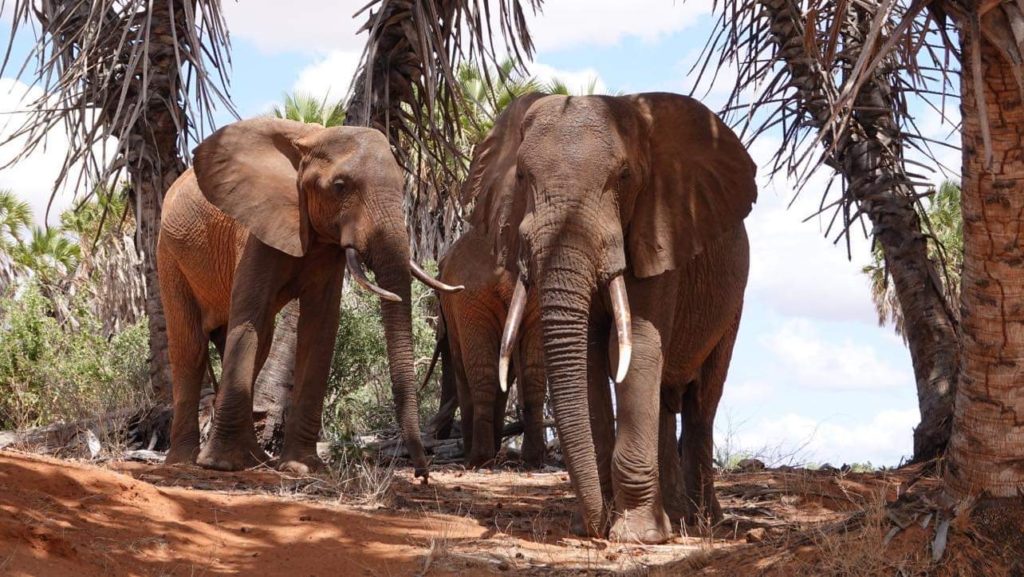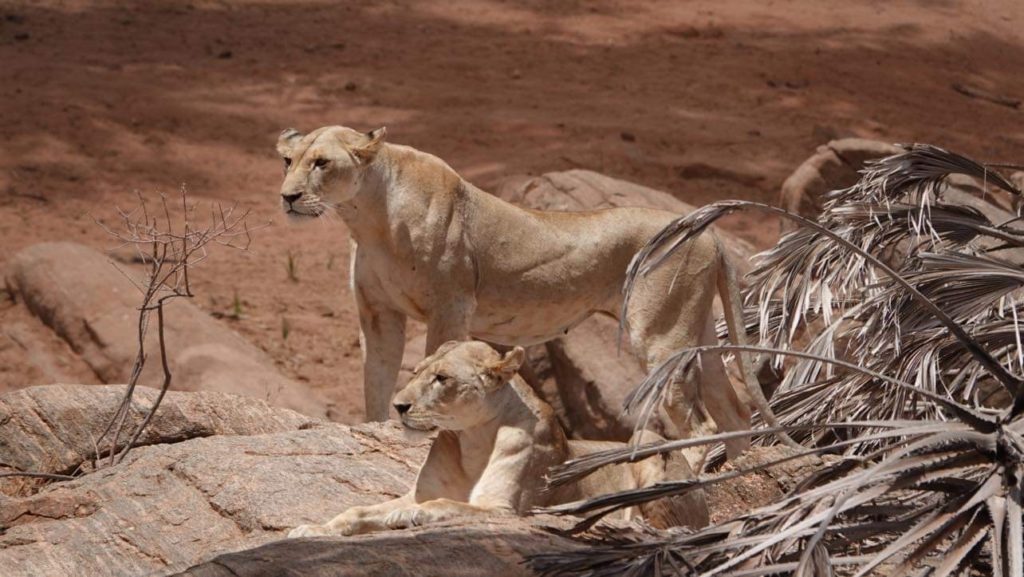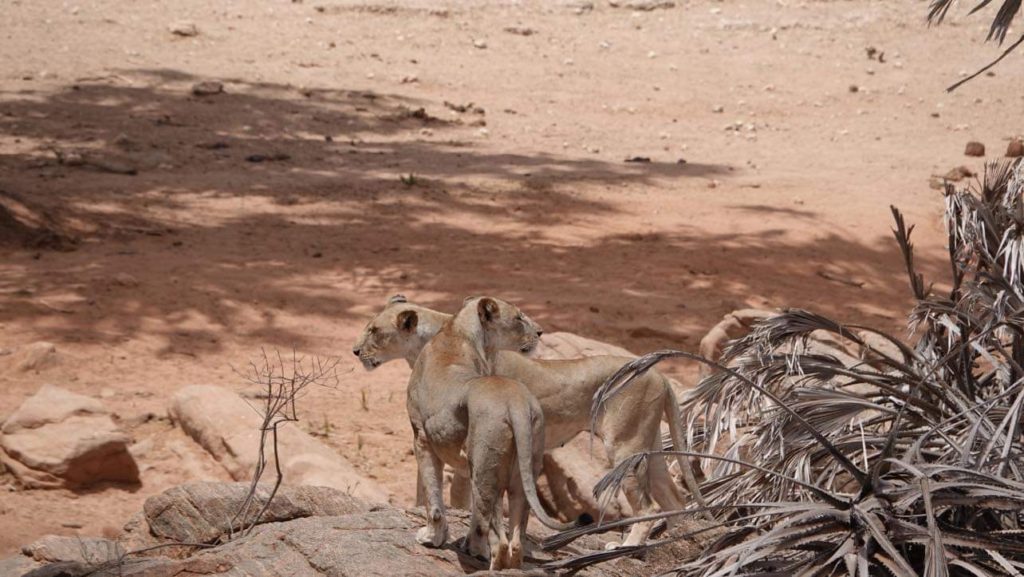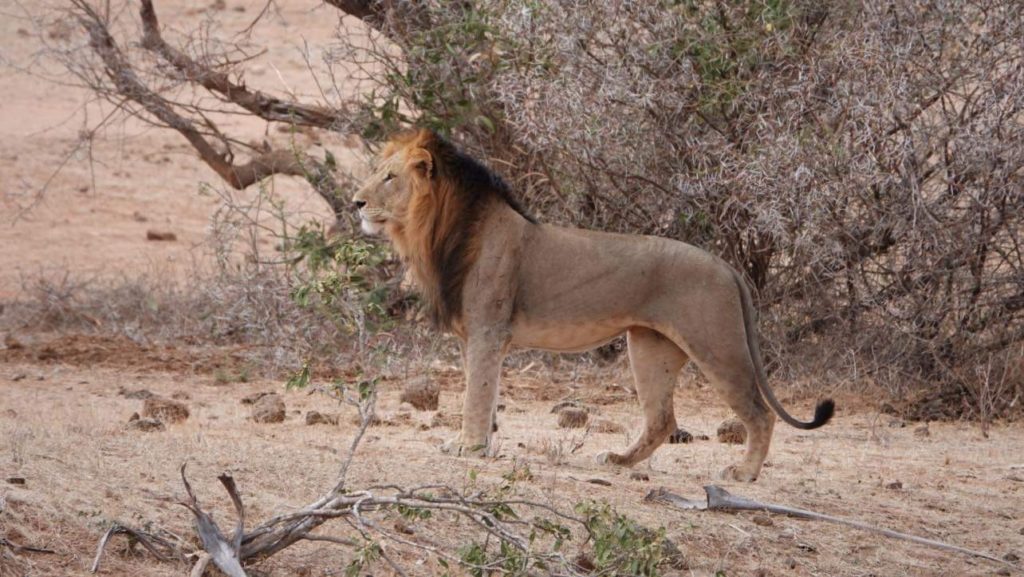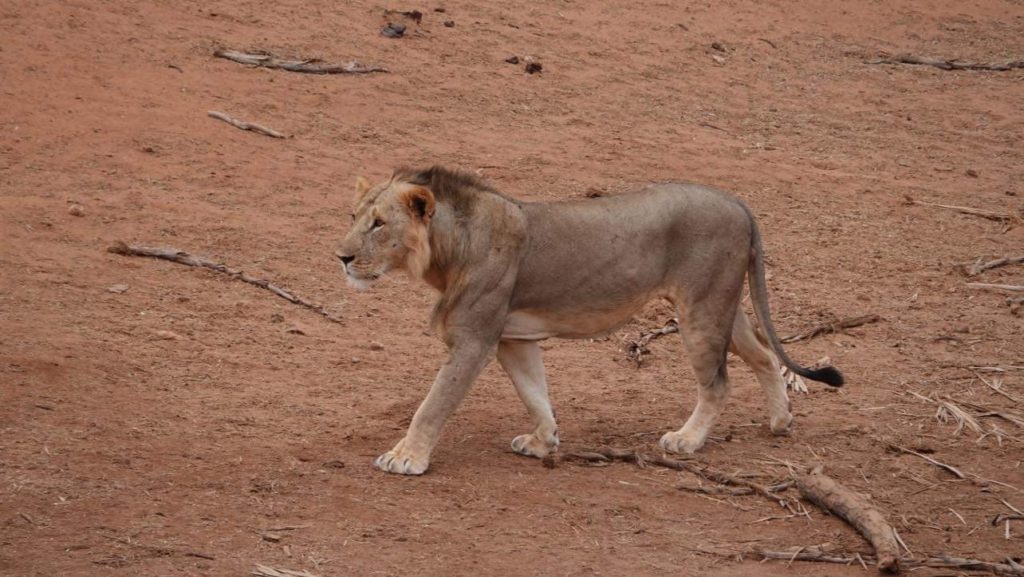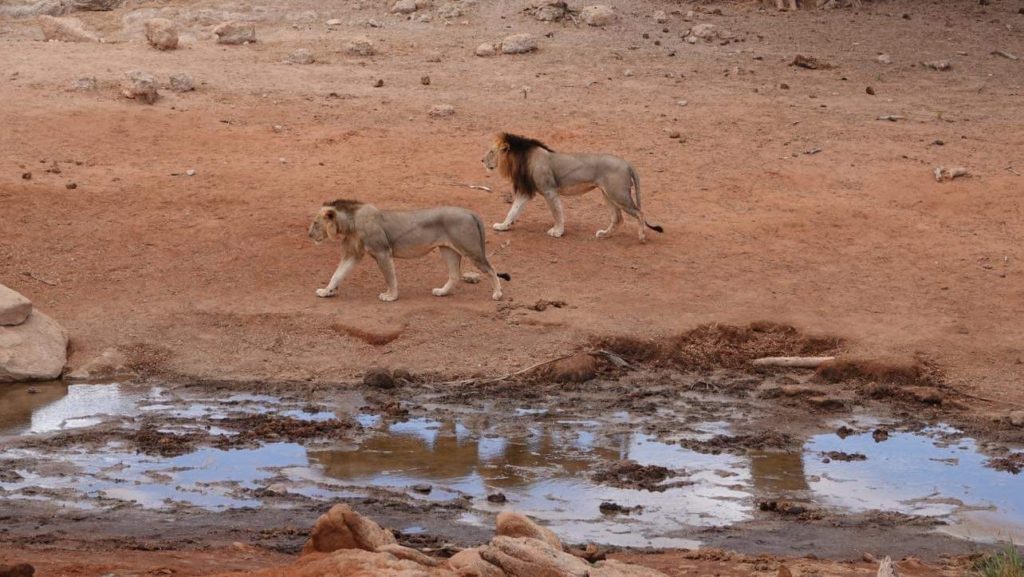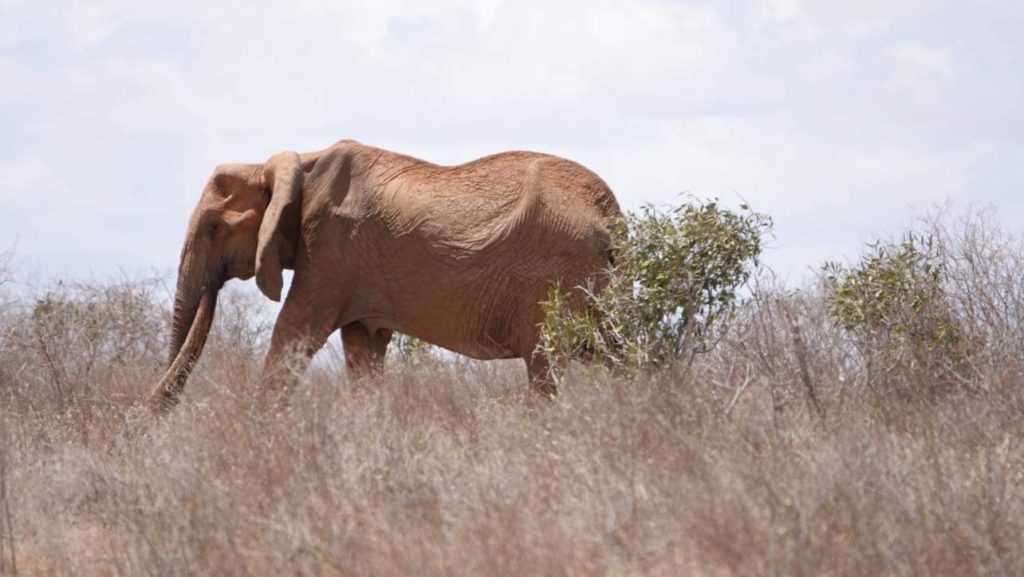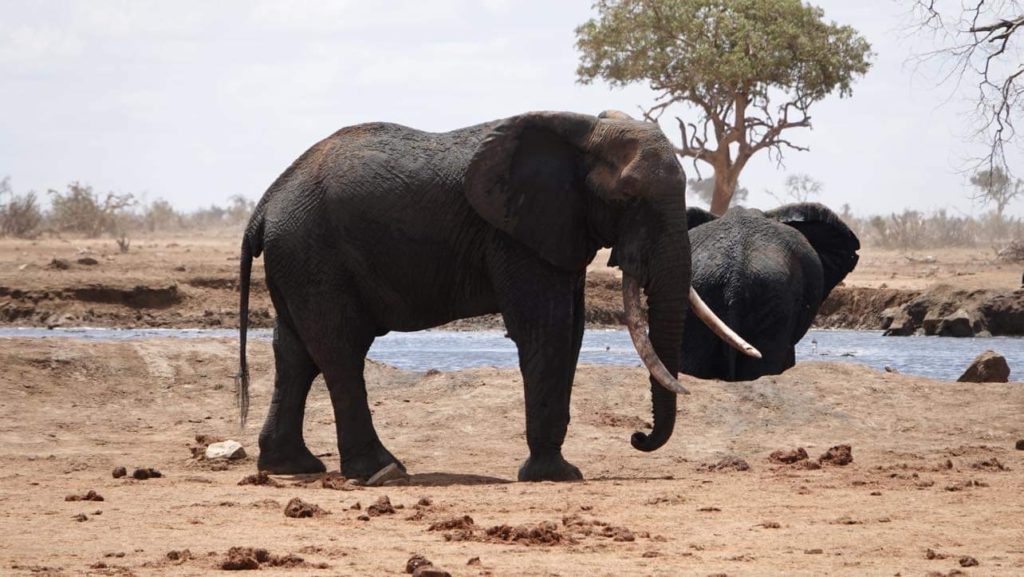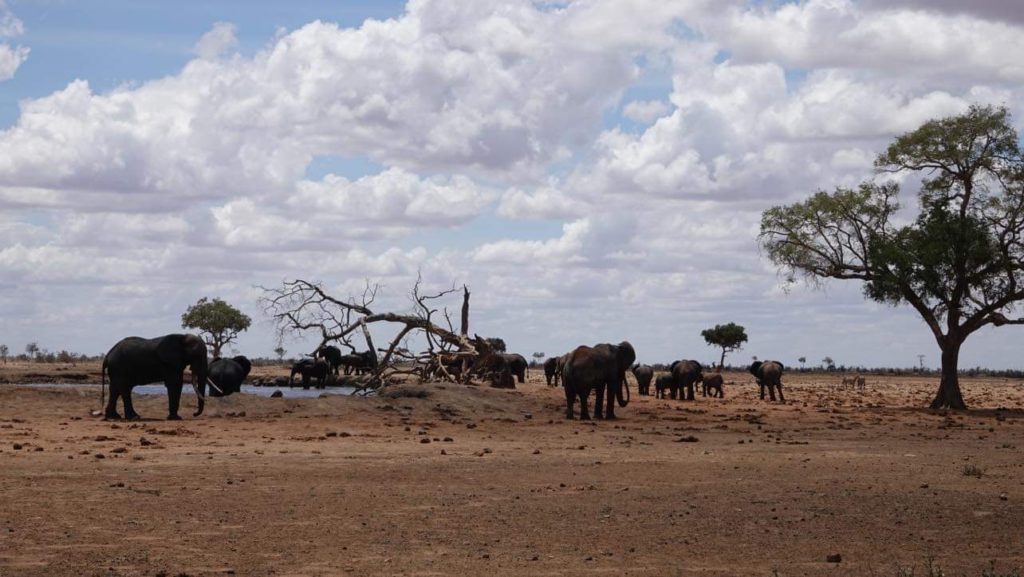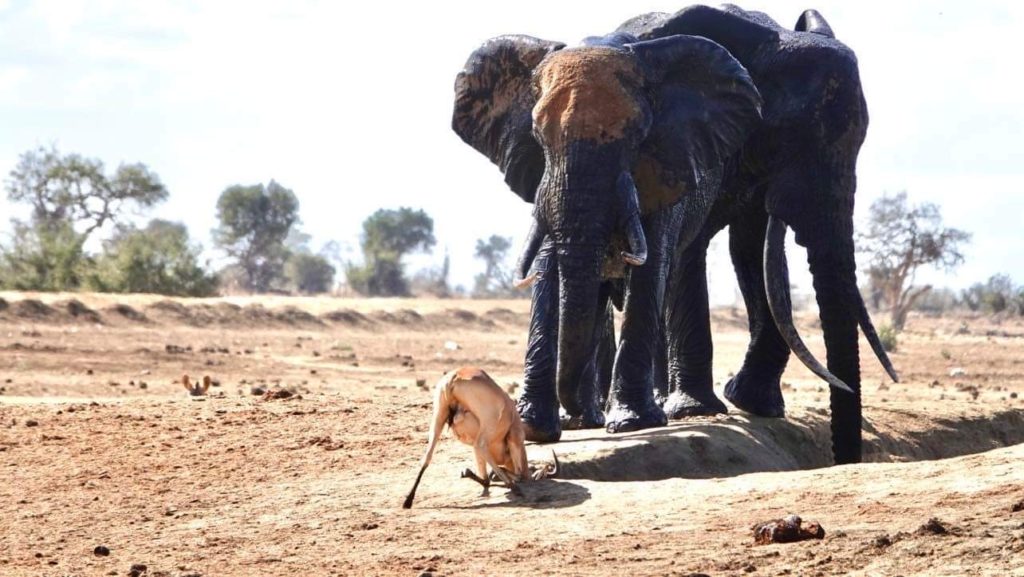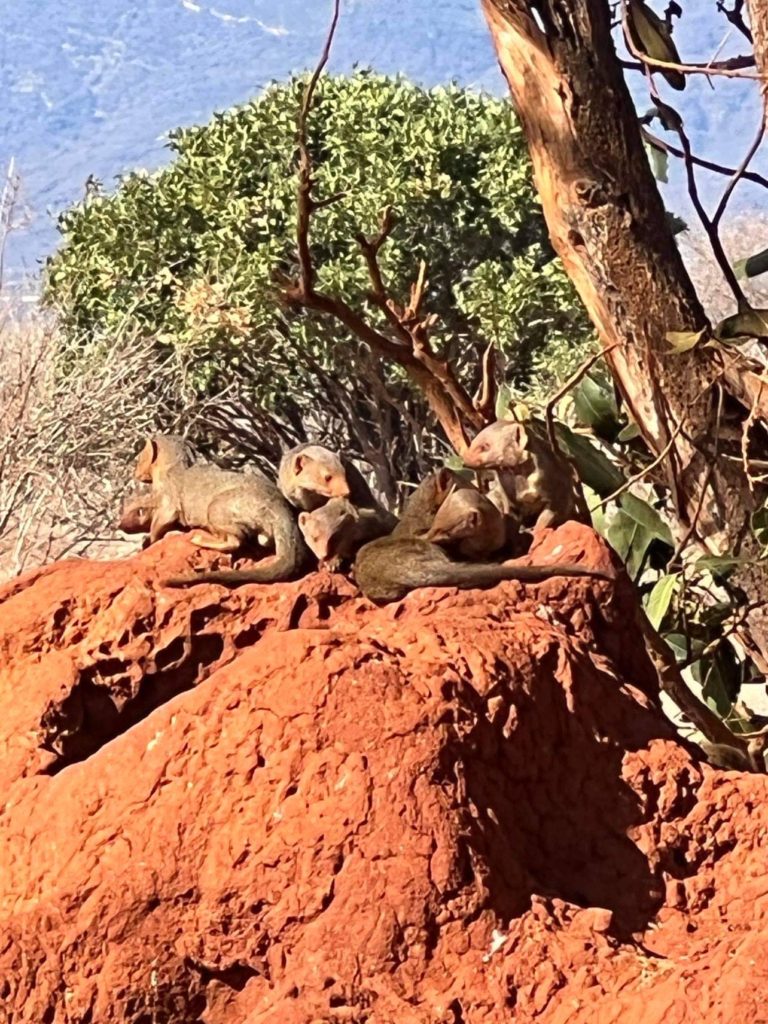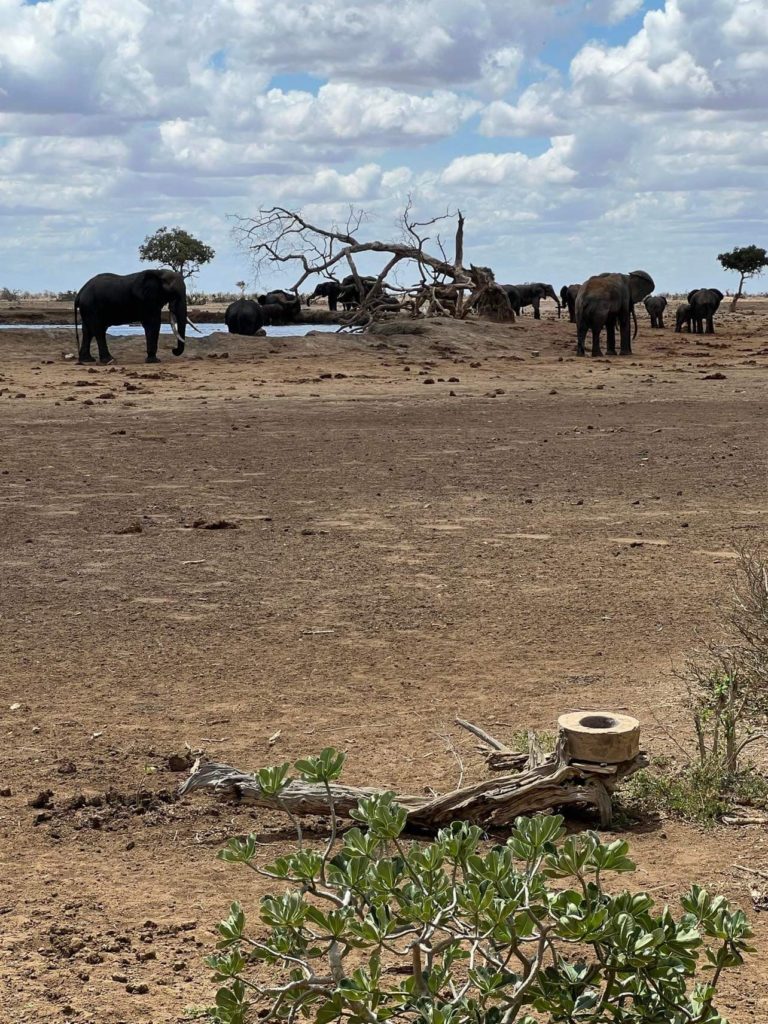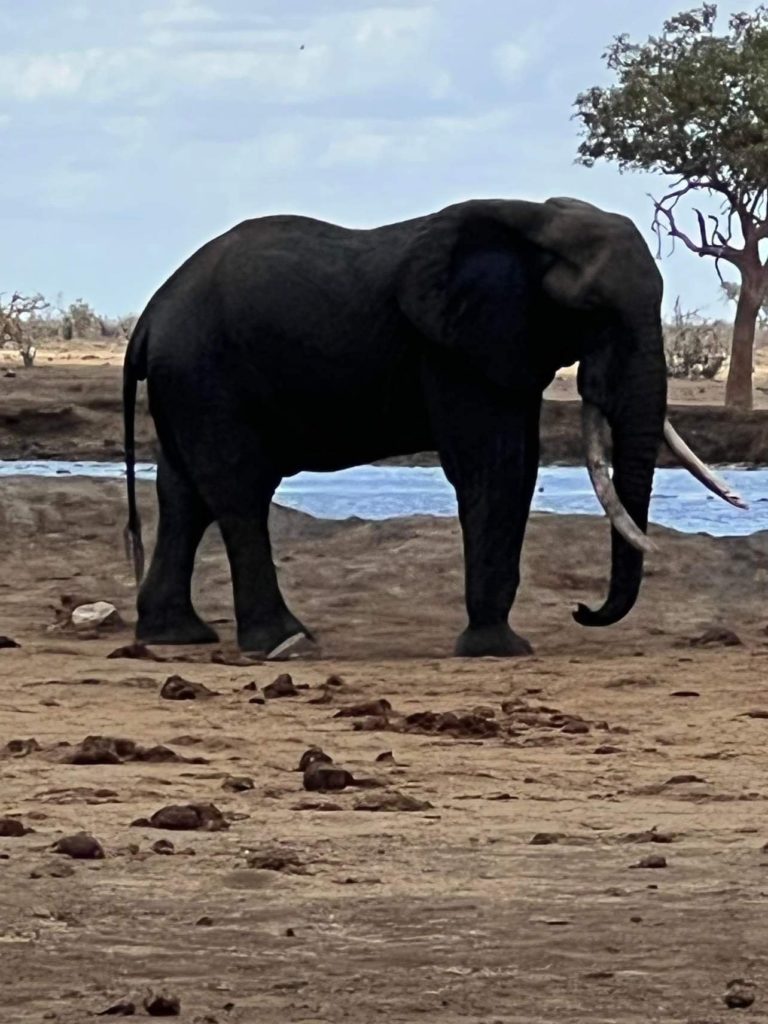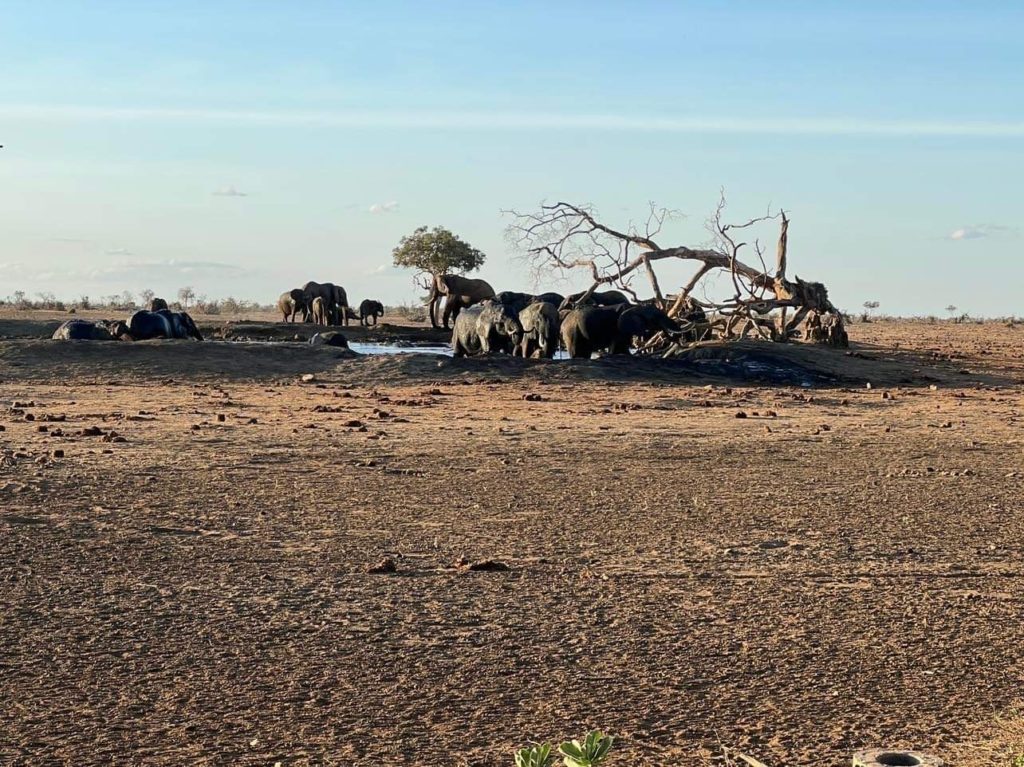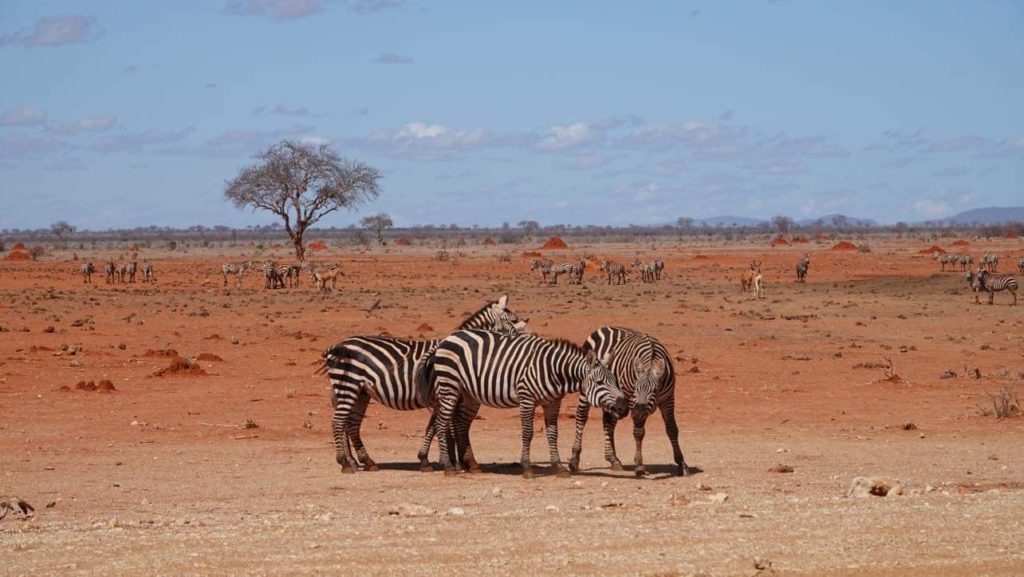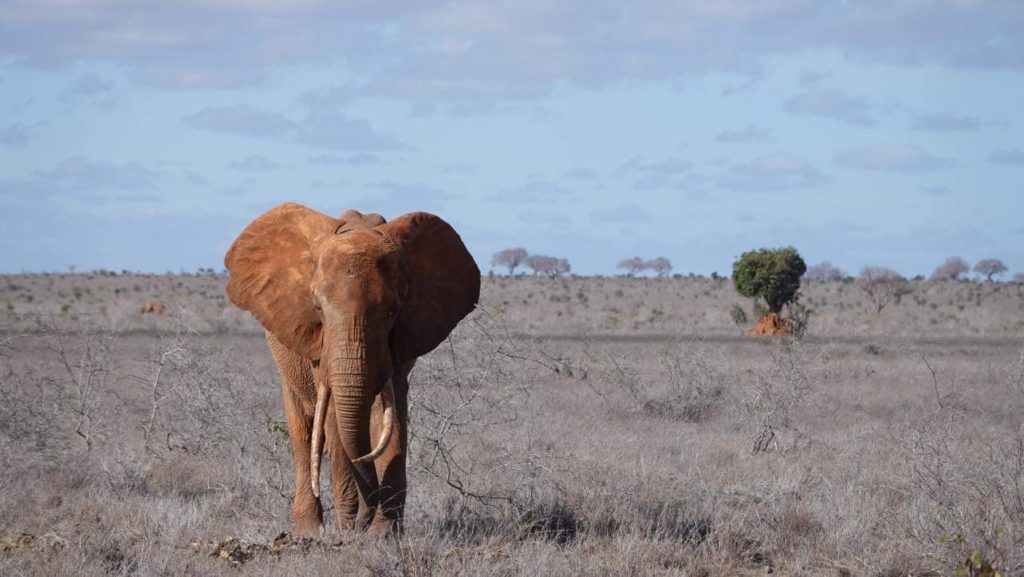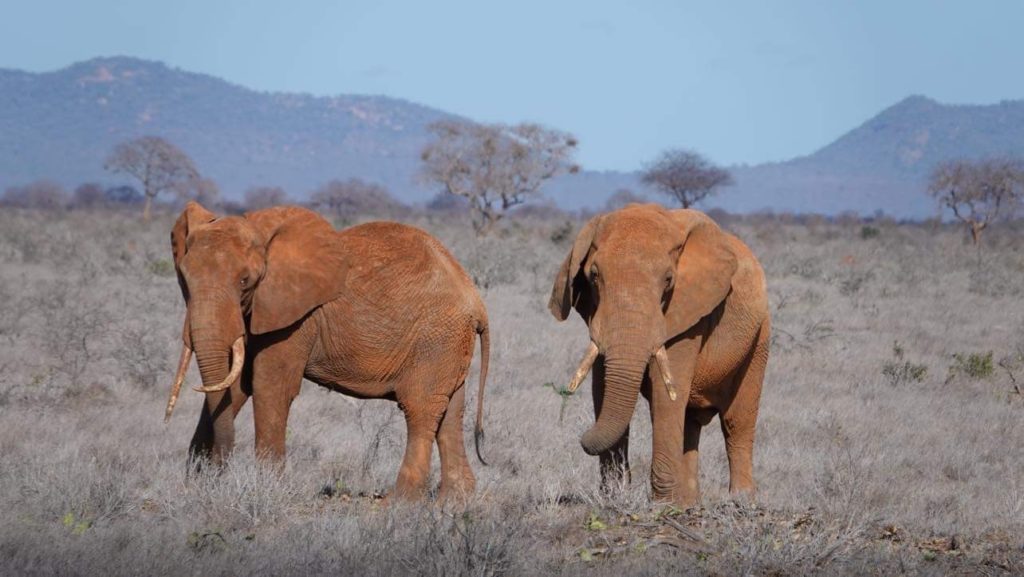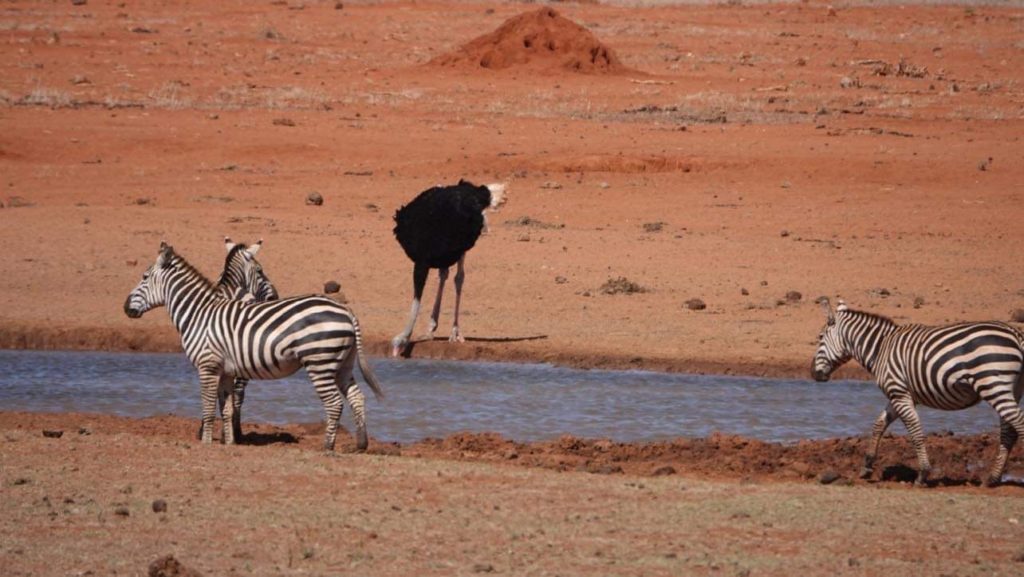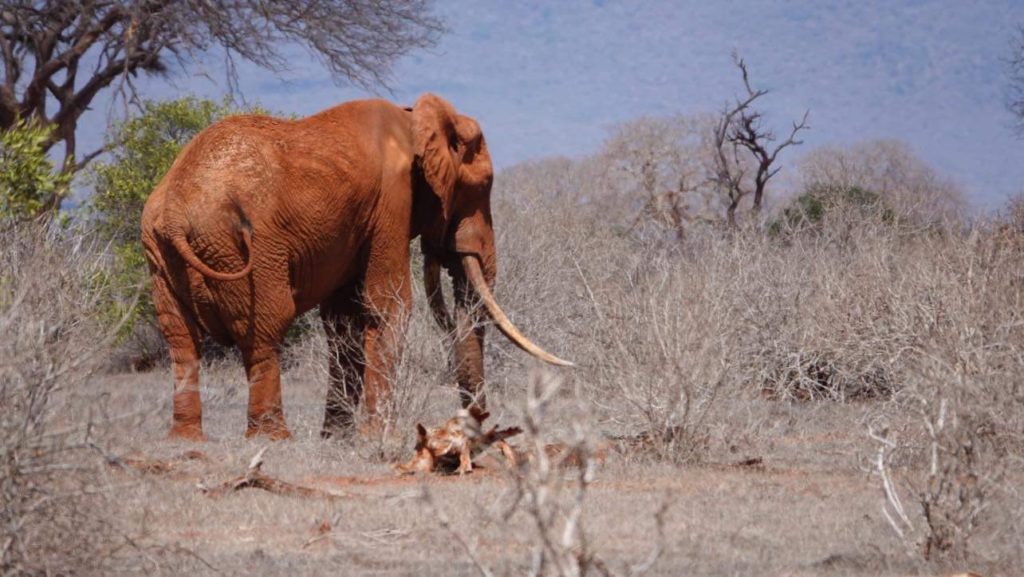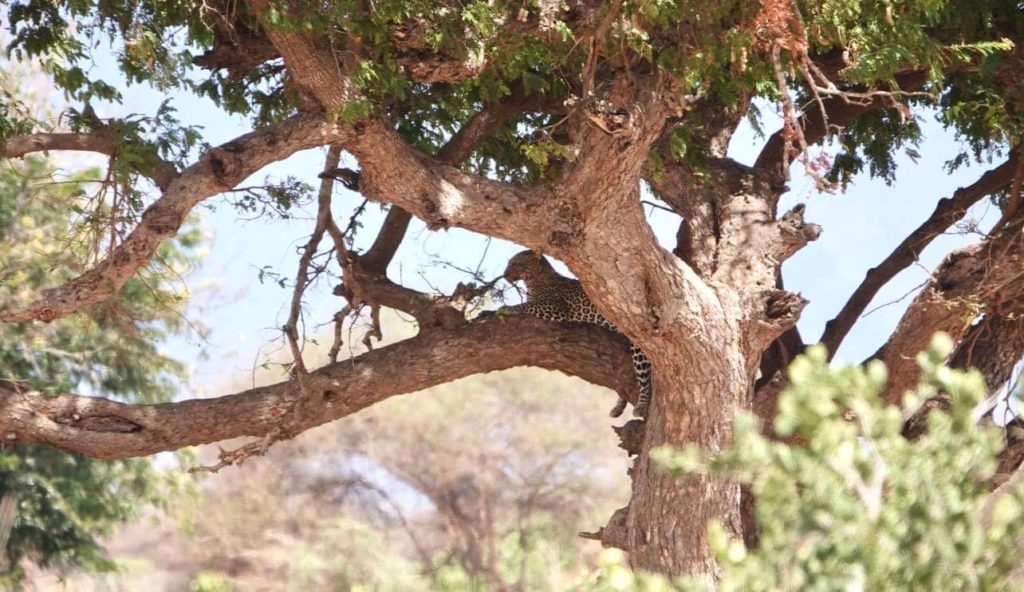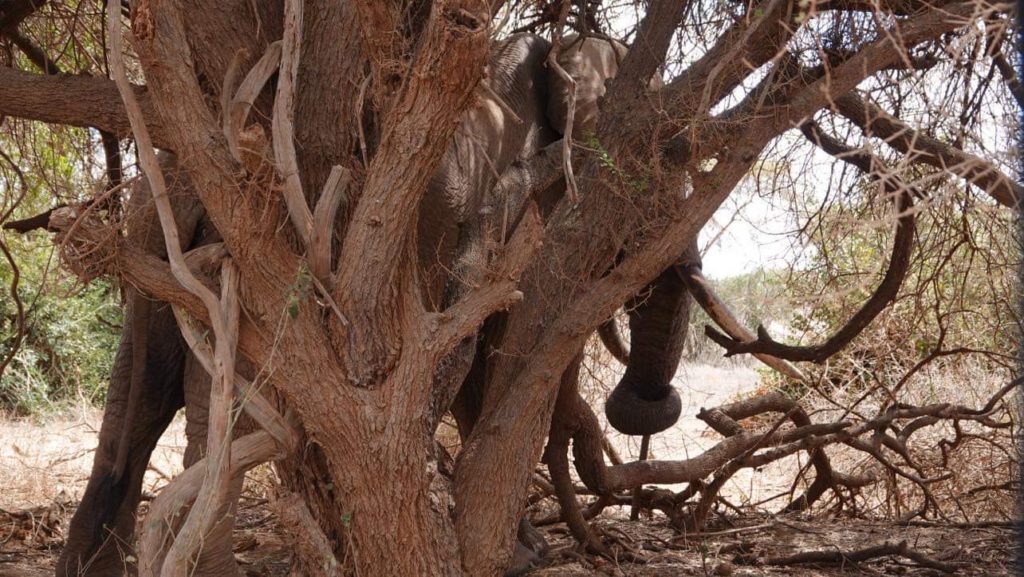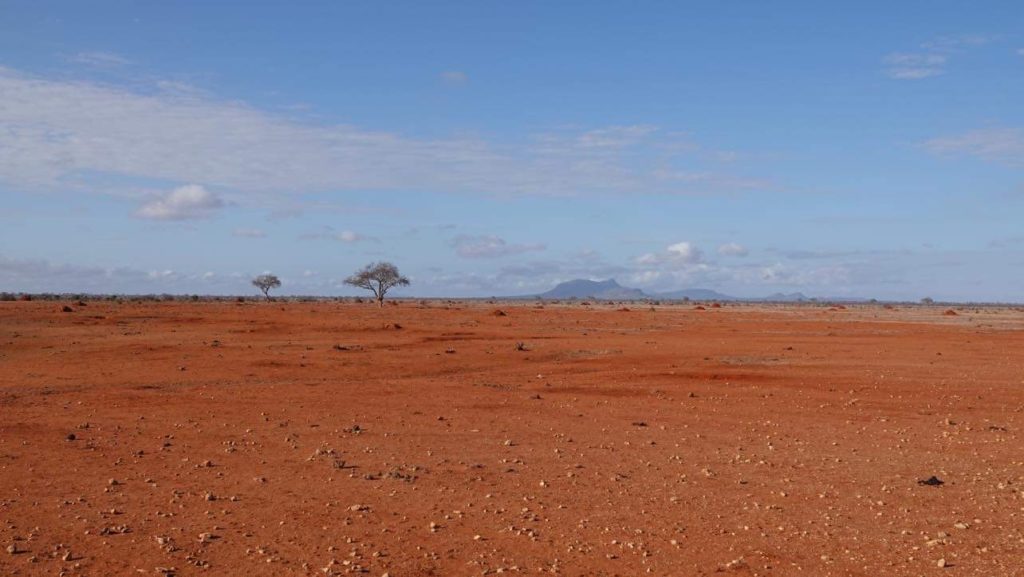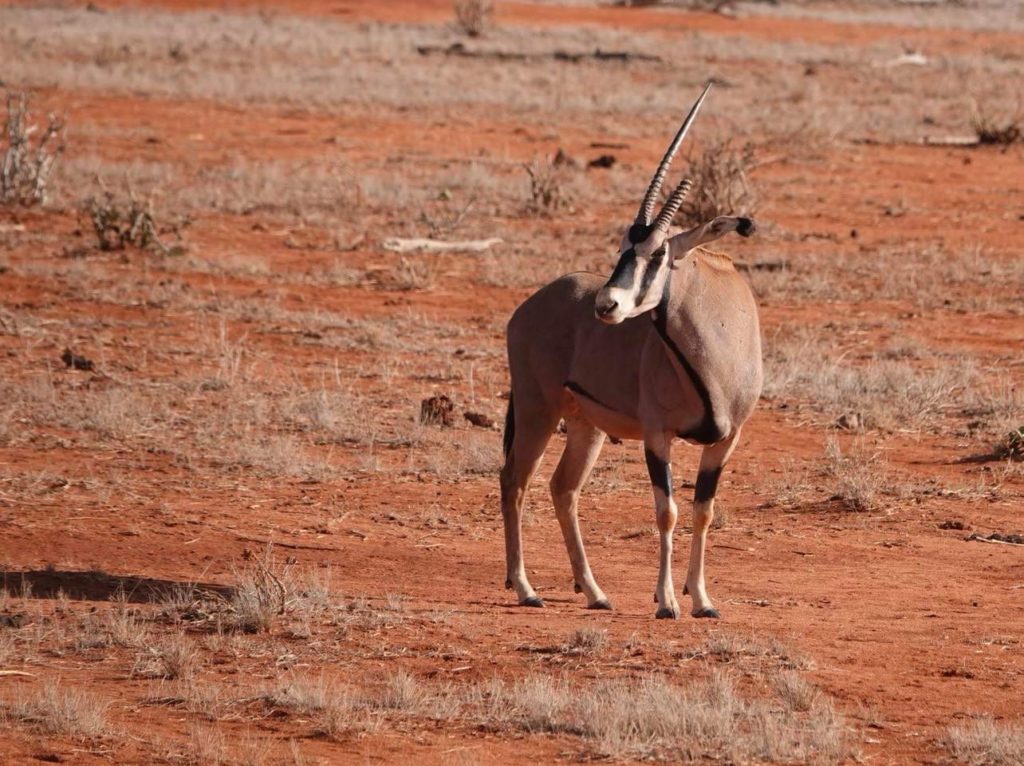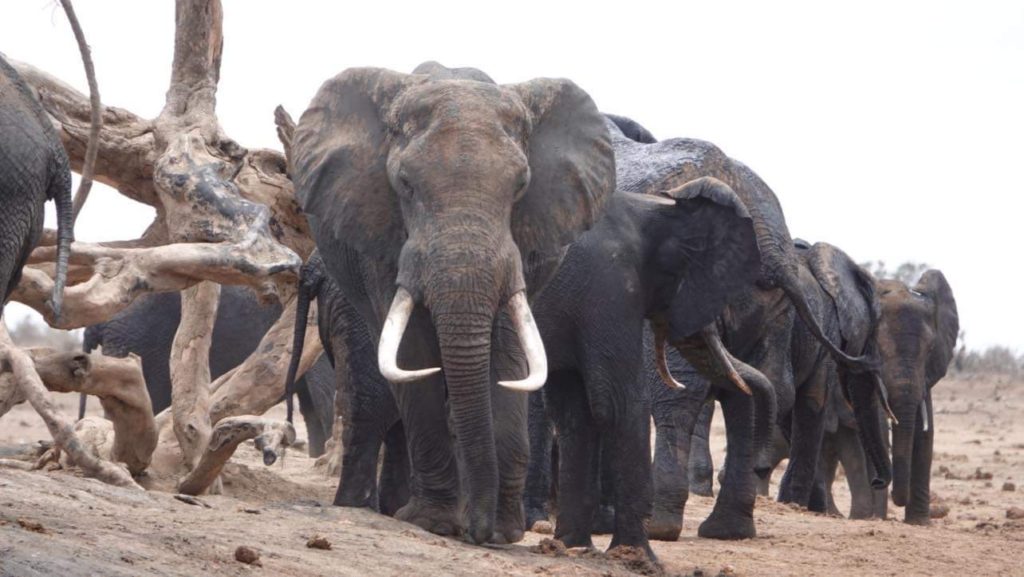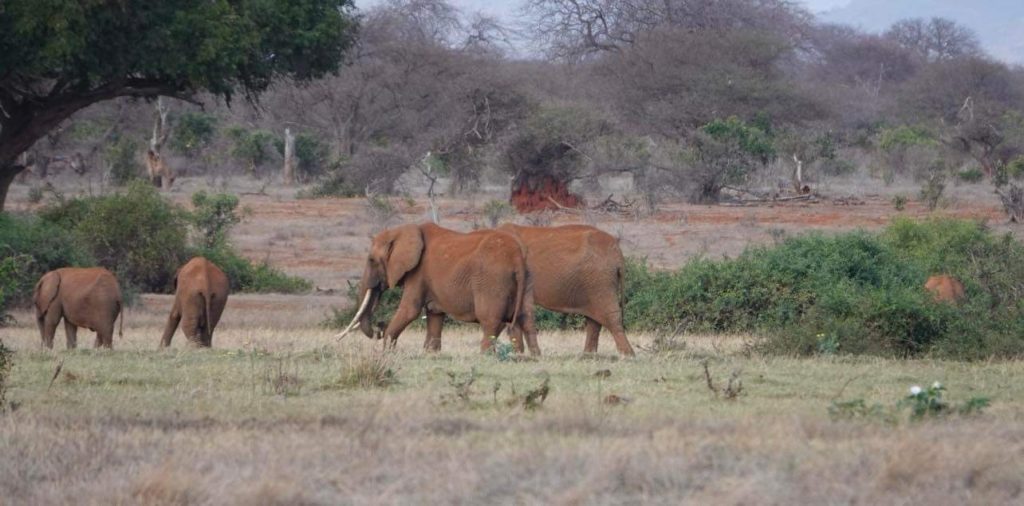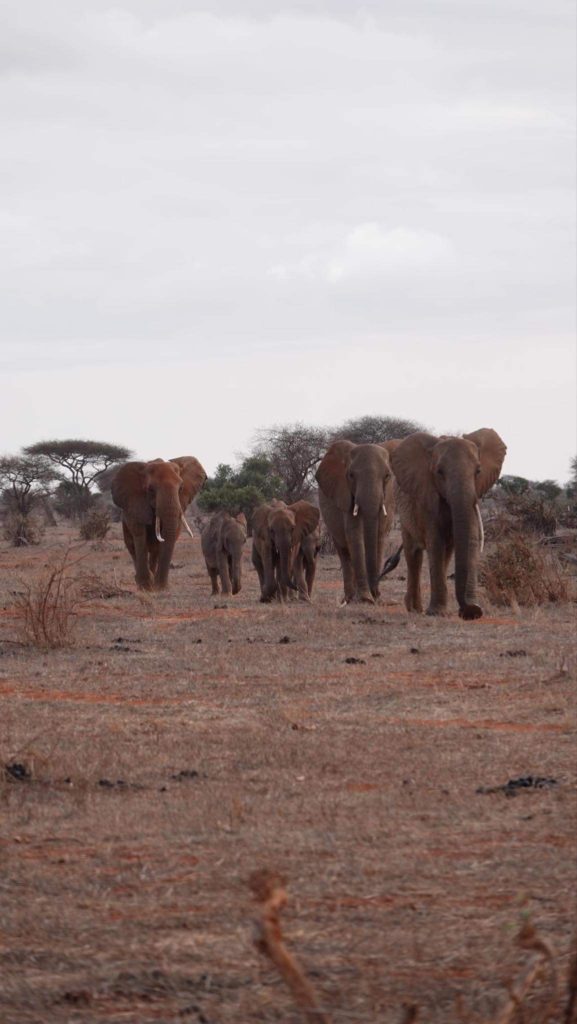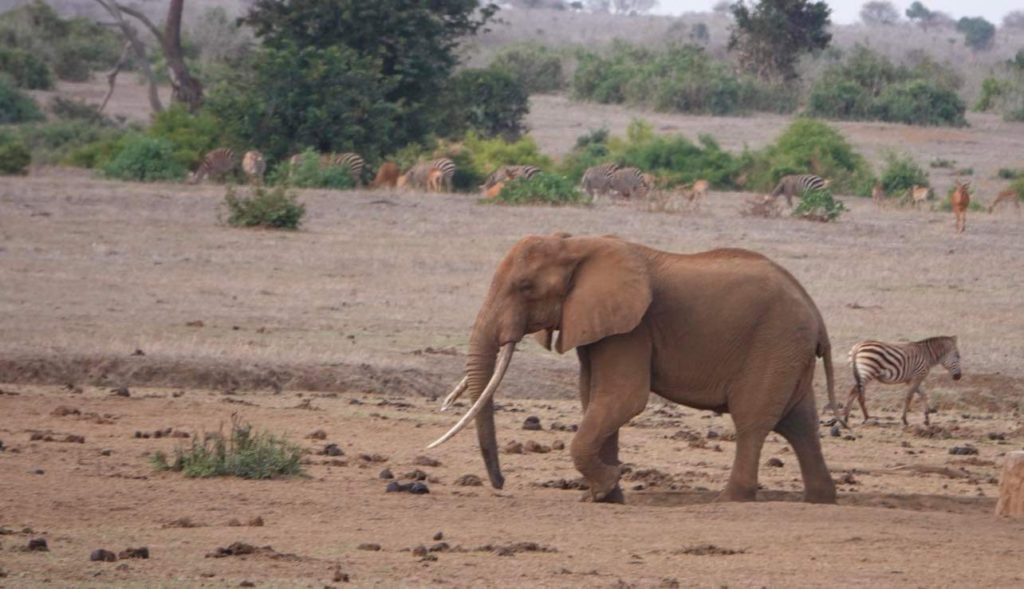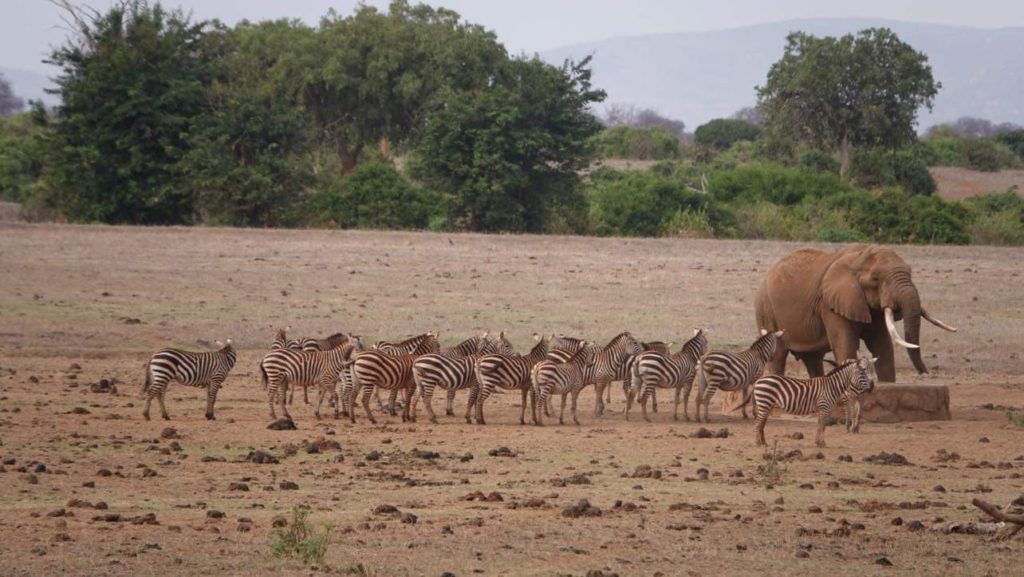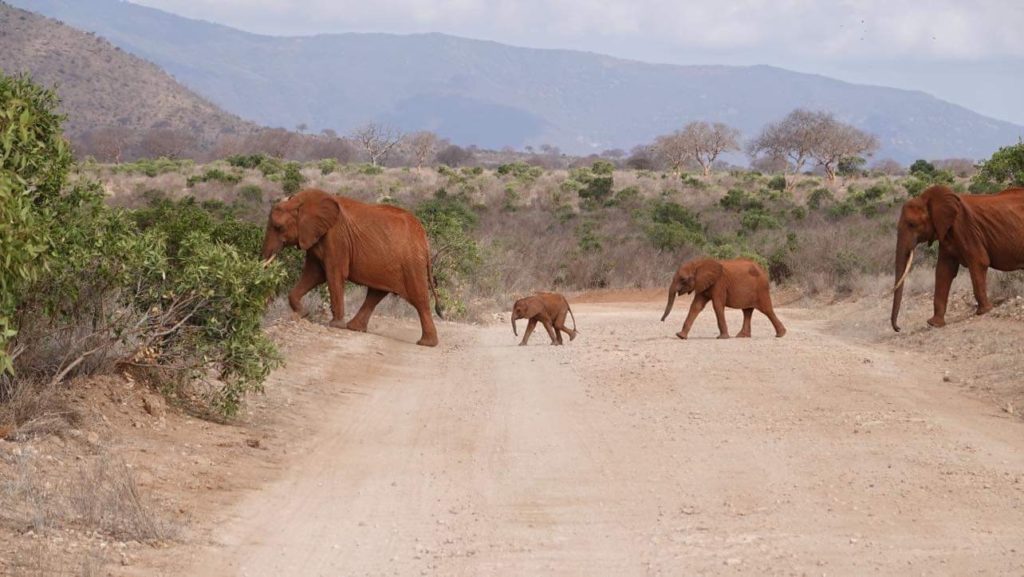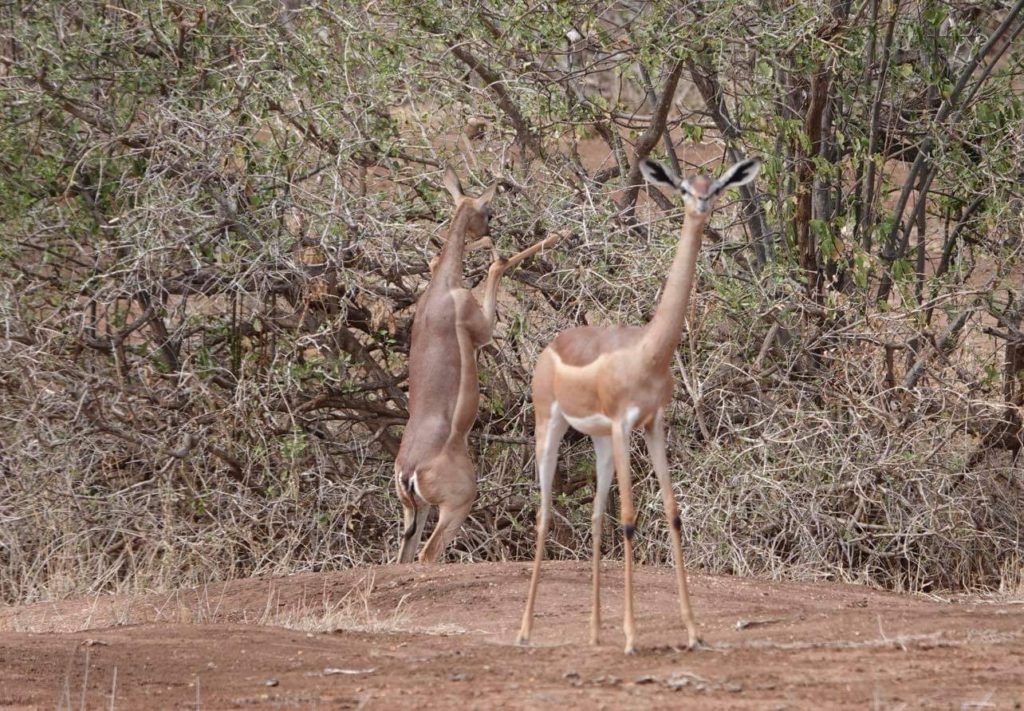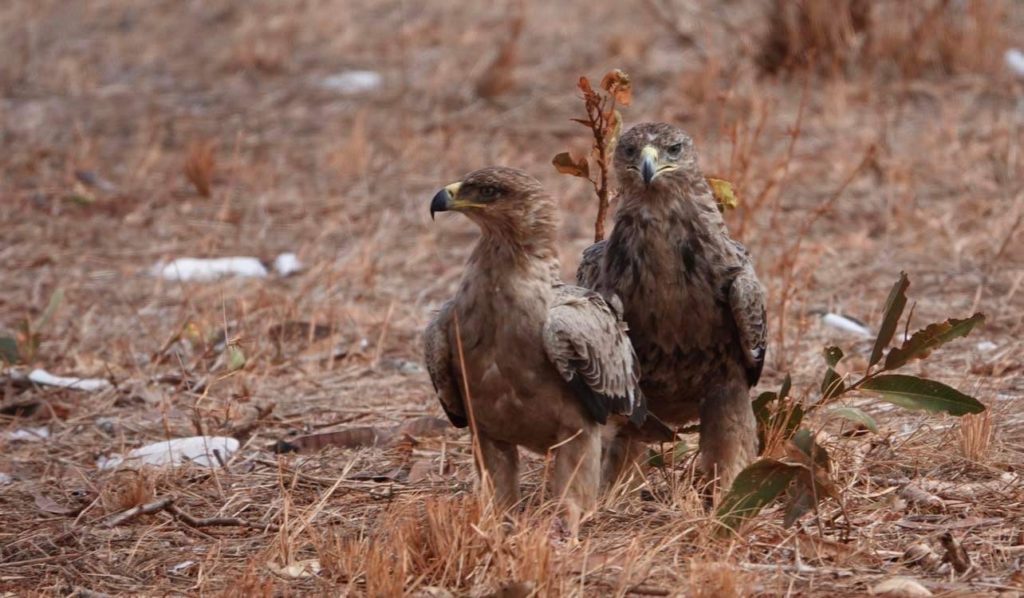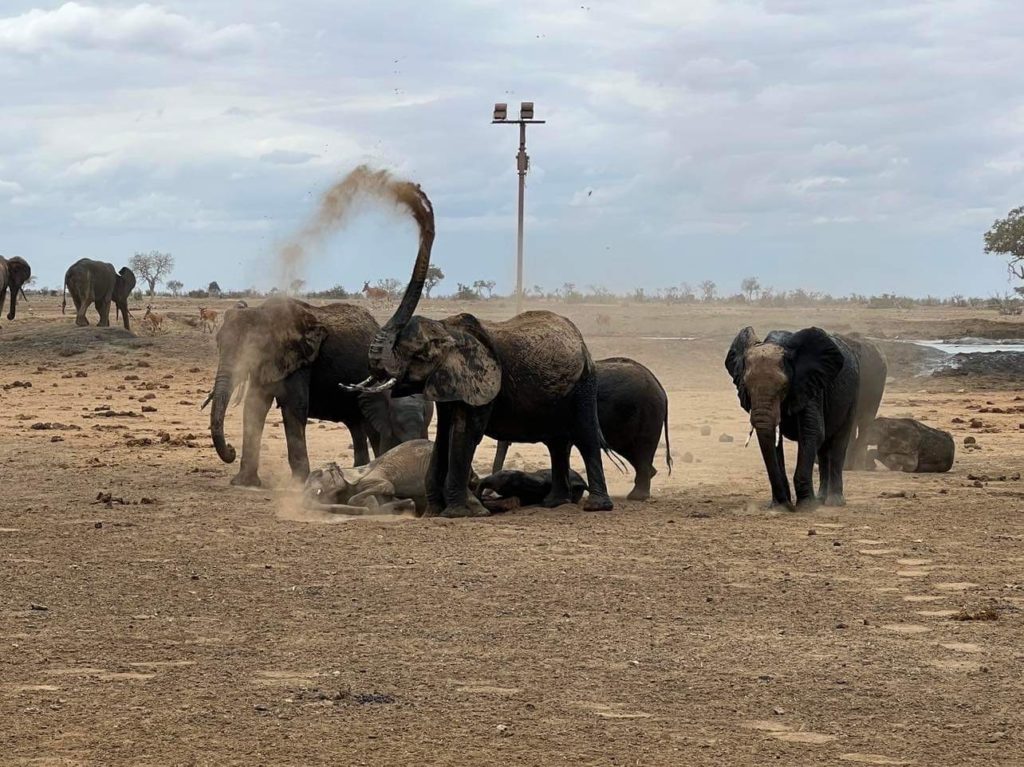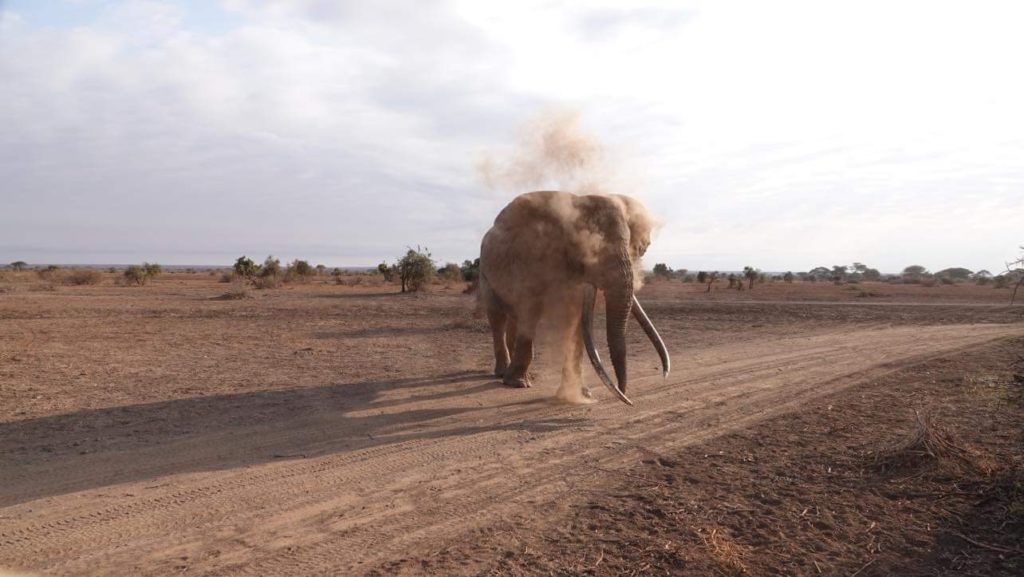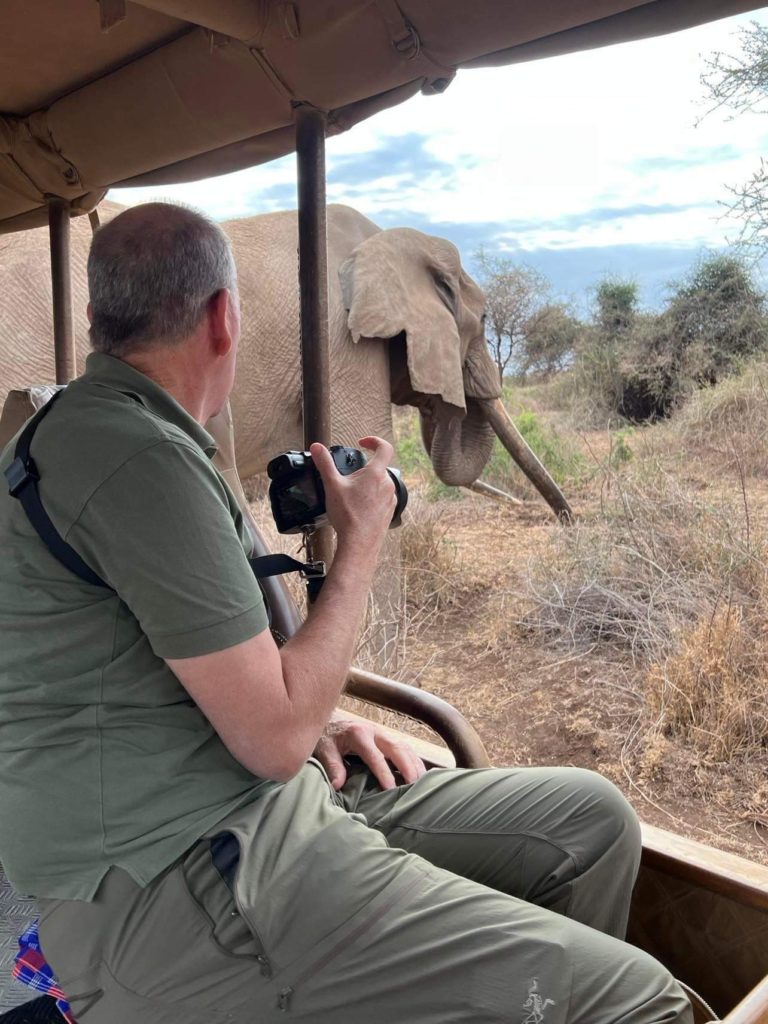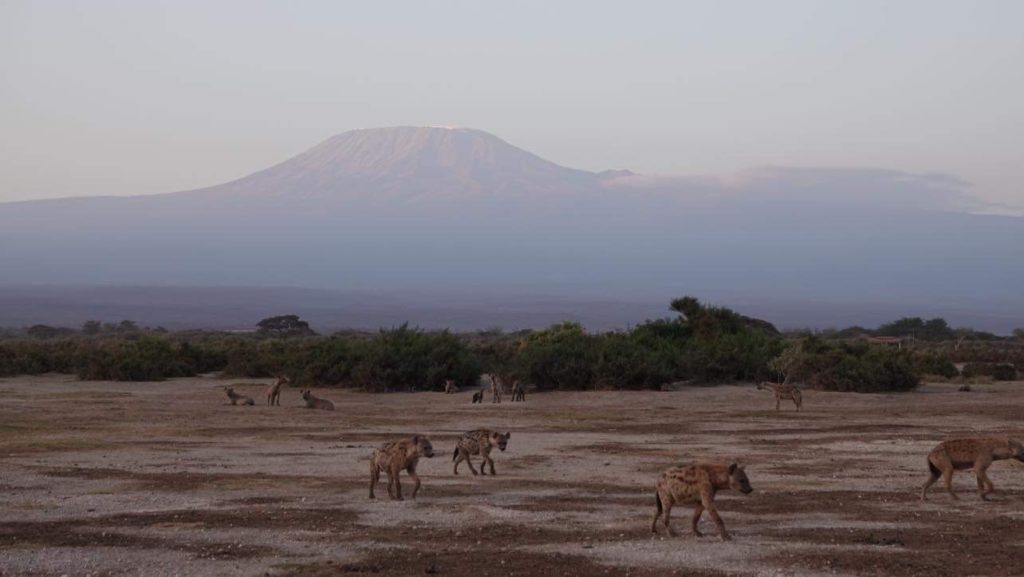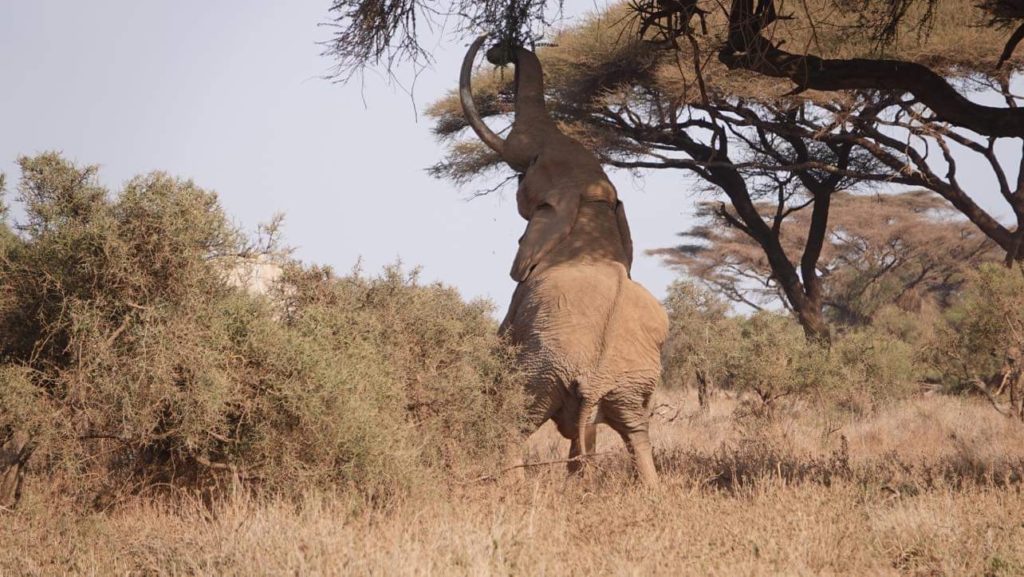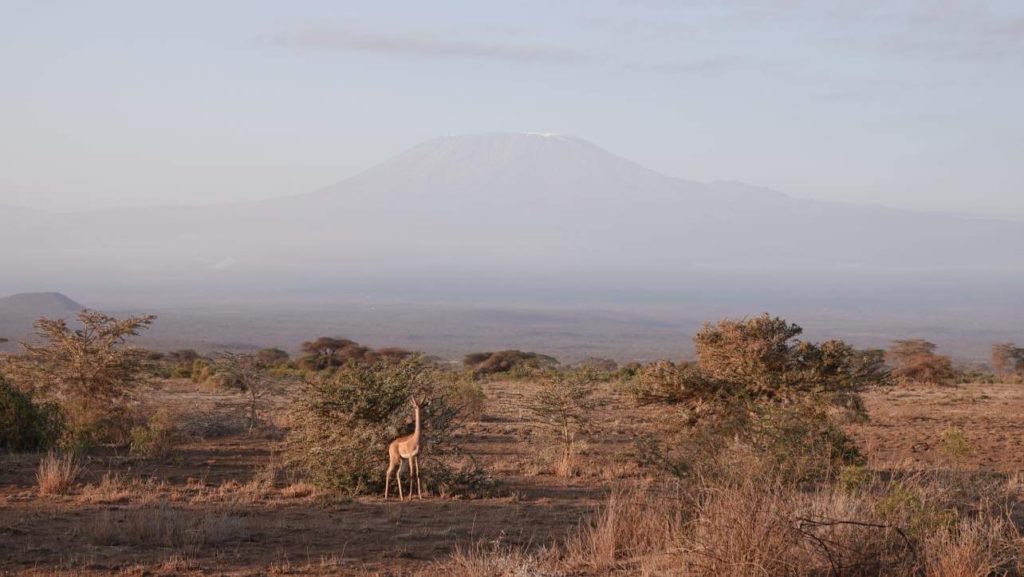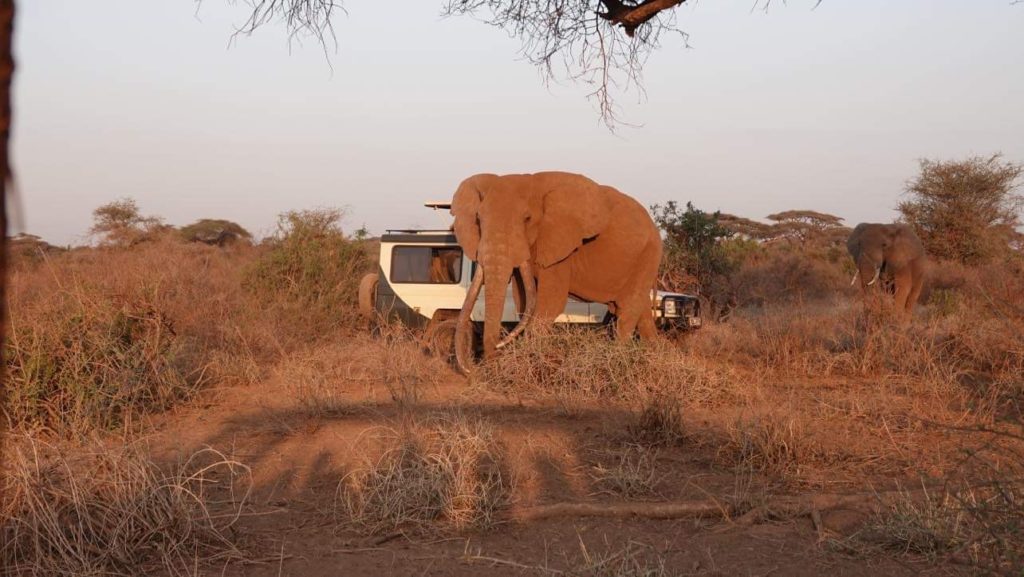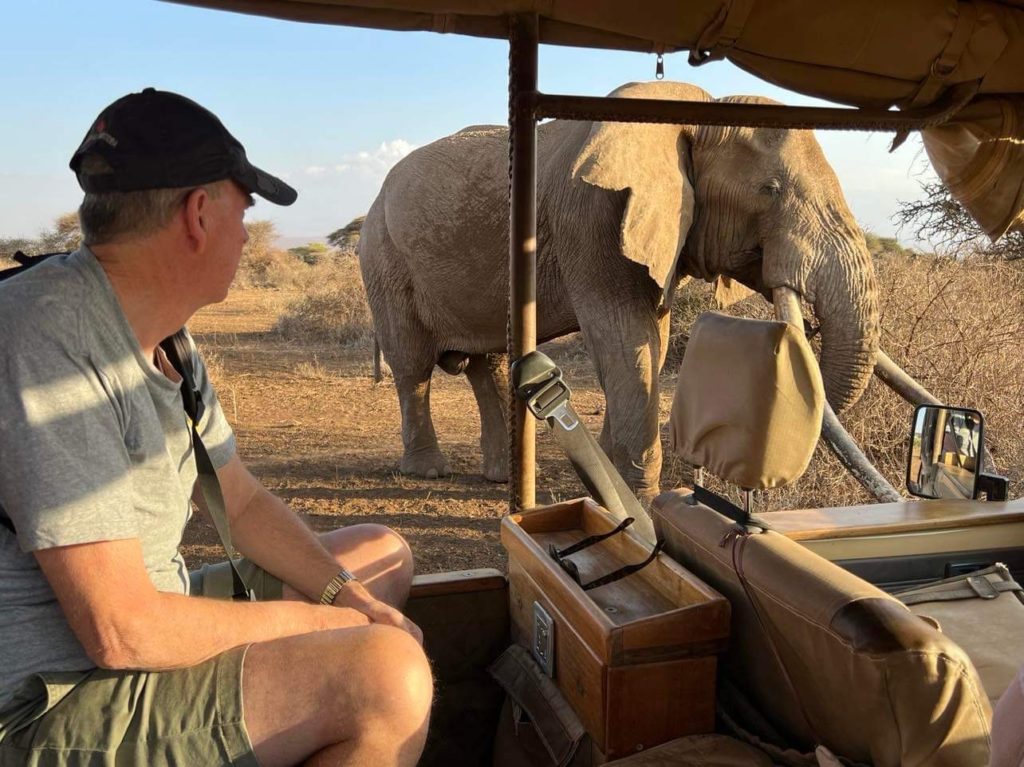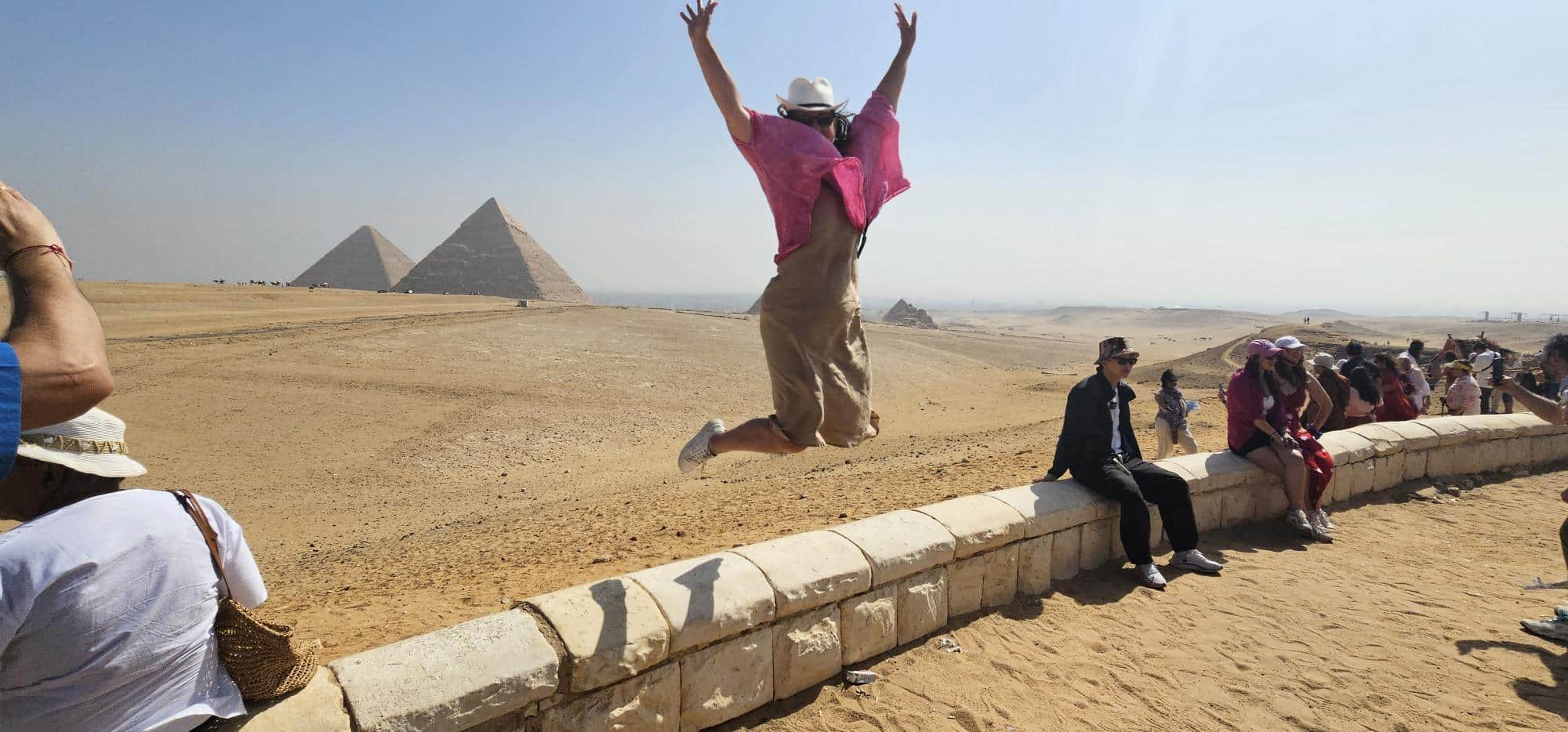Africa’s Big Tuskers are the last living relics of a bygone era.
With tusks weighing in over 50 kilograms (per tusk), it’s little wonder ivory poaching has devastated Africa’s big tuskers population. The tusks are due to a rare genetic variation that sees exceptional tusk growth.
Sadly, there are very few left today and just a handful of places where you can see these majestic creatures in the wild.
Fortunately, there are foundations and charities working around the clock to protect the last of Africa’s Big Tuskers.
So when Tony, one of our regular clients reached out a few months ago wanting to go on a private safari to get close to the big tuskers, we were thrilled and jumped at the opportunity!
(Tony thanks for trusting us to design the safari in search of Africa’s Big Tuskers).
Undoubtedly one of the most fascinating species in Africa, elephants are enormous, incredibly intelligent and emotional creatures that can live to 60 even 70. So spending time with elephants in Africa whether they are Big Tuskers or not is hugely rewarding as Tony can attest!
Why are Africa’s Big Tuskers so rare?
As touched upon earlier, there are two main reasons for the rarity of big tuskers. Firstly, the large tusks are a natural rarity genetically and secondly, elephants are constantly at threat from poachers. Just one kilogram of ivory sells for several thousands of dollars.
How many Big Tuskers remain?
There’s an estimated 20 remaining today, so it’s vital we support every conservation effort to protect what’s arguably the last viable gene pool of Africa’s Big Tuskers.
What extra protection is there for Africa’s Big Tuskers?
The Big Tusker Project is a team of passionate people working tirelessly to protect these gentle giants. In Kenya, the team works in close collaboration with the Kenya Wildlife Service and research and conservation partners, Save the Elephants.
Scroll down to see Tony Smith’s gallery of images from his search for Africa’s Big Tuskers.
And get in touch if you’d like to chat about a Big Tusker safari.
